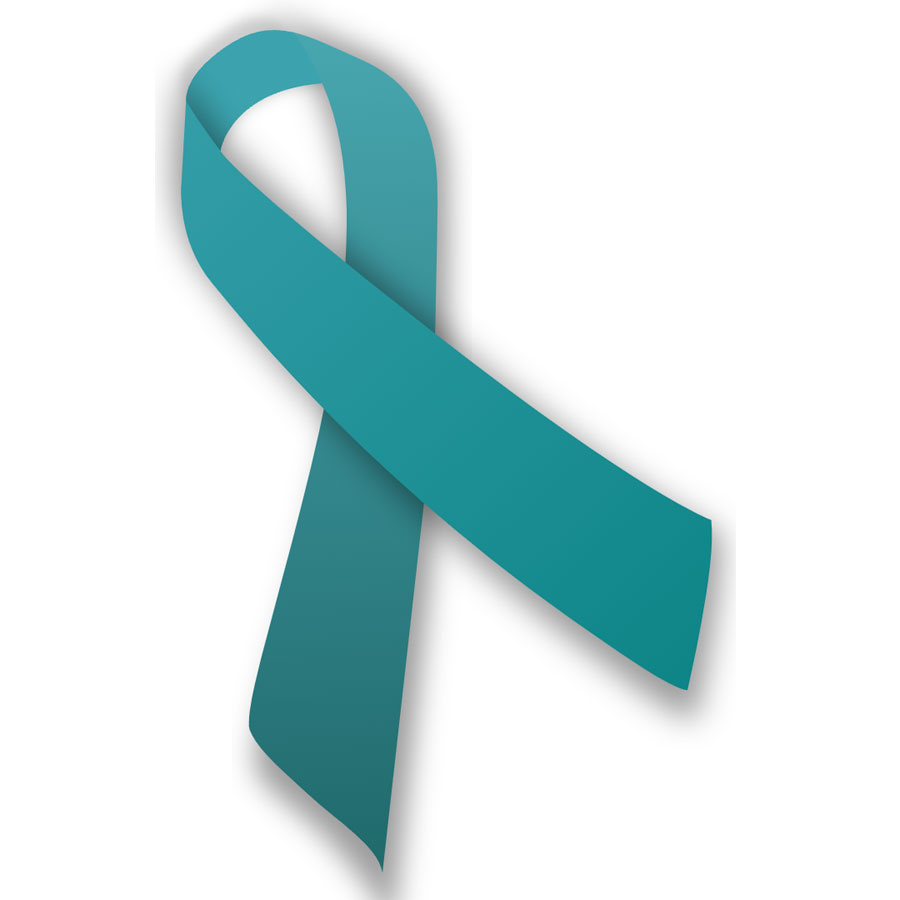
Medicine Cabinet
By Teodoro B. Padilla

Cervical cancer is the second leading cause of cancer death among women in the Philippines. The Department of Health (DoH) estimates almost 7,300 new cases of cervical cancer and 3,800 deaths due to the disease occur in the country every year.
Globally, cervical cancer is the fourth most common cancer among women, said the World Health Organization (WHO).
Signs and symptoms of cervical cancer include blood spots or light bleeding between or following periods; menstrual bleeding that is longer and heavier than usual; bleeding after intercourse, douching, or a pelvic examination; increased vaginal discharge; pain during sexual intercourse; bleeding after menopause; and unexplained, persistent pelvic and/or back pain.
The main cause of cervical cancer is persistent infection with high-risk types of human papillomavirus (HPV), an extremely common family of viruses that are transmitted through sexual contact, according to the International Agency for Research on Cancer (IARC).
The WHO added that two HPV types (16 and 18) account for close to half of high grade cervical precancers.
Other risk factors include becoming sexually active at a young age (especially younger than 18 years old), having many sexual partners, smoking, having a weakened immune system, chlamydia infection, long-term use of oral contraceptives, low socioeconomic status, having multiple full-term pregnancies, young age at first full-term pregnancy, and a diet low in fruits and vegetables, said the American Cancer Society.
Vaccines are available that protect against high-risk HPV types, and screening programs can detect signs of disease at an early stage, allowing for effective treatment and management.
“This means that cervical cancer should be one of the most preventable and treatable forms of cancer,” the IARC said.
According to a study by Samantha Carr and Charlotte Hespe, risk factors for cervical cancer are more prevalent among Filipino women than the global community. These include young age at first intercourse, low socioeconomic status, multiple full-term pregnancies, smoking, use of oral contraception and risky sexual behaviors.
They noted that the main barrier to Pap smear screening in low-resource countries is the lack of pathology services, infrastructure or trained practitioners. The authors cited a cost-utility analysis of different methods for cervical cancer screening and prevention in the Philippines.
The analysis found that screening women aged 35 to 45 every five years using visual inspection with acetic acid (VIA) was the most cost-effective strategy.
The DoH currently recommends that cervical cancer screening targets women aged 25 to 55 years every five to seven years using the VIA method.
HPV vaccination of girls at age 11 would also be cost-effective if there was high coverage (more than 80%) and providing the vaccine resulted in lifelong immunity.
The US Centers for Disease Control and Prevention (CDC) said that HPV vaccines are safe and work well. They have the potential to prevent more than 90% of HPV-attributable cancers, and that the protection they give last a long time. The CDC added that the HPV vaccine is recommended earlier as it could protect children before they have contact with the virus.
While some parents may be hesitant to have their child vaccinated, the CDC said that it is important to note that HPV is a common infection and that nearly everyone will get HPV in their lives.
The CDC added that studies have shown that getting vaccinated does not make teens think to start having sex. The HPV vaccination is given earlier to protect a child before they are exposed to an infection.
Vaccinations can be likened to wearing a helmet for protection. A helmet protects a person wearing it, and does not increase the likelihood of an accident.
To eliminate cervical cancer as a public health problem, the WHO Global Strategy to Eliminate Cervical Cancer recommends that all countries must reach and maintain an incidence rate of fewer than four new cases of cervical cancer per 100,000 women per year.
Achieving that goal rests on three key pillars and their corresponding targets: 90% of girls should be fully vaccinated with the HPV vaccine by the age of 15 years; 70% of women should be screened using a high-performance test by the age of 35 years, and again by the age of 45 years; and 90% of women with precancer should be treated and 90% of women with invasive cancer managed.
Each country should meet the 90-70-90 targets by 2030 to get on the path towards eliminating cervical cancer by the end of this century, the WHO said.
The WHO emphasized that cervical cancer can be cured if diagnosed at an early stage and treated immediately.
Teodoro B. Padilla is the executive director of Pharmaceutical and Healthcare Association of the Philippines (PHAP), which represents the biopharmaceutical medicines and vaccines industry in the country. Its members are at the forefront of research and development efforts for COVID-19 and other diseases that affect Filipinos.